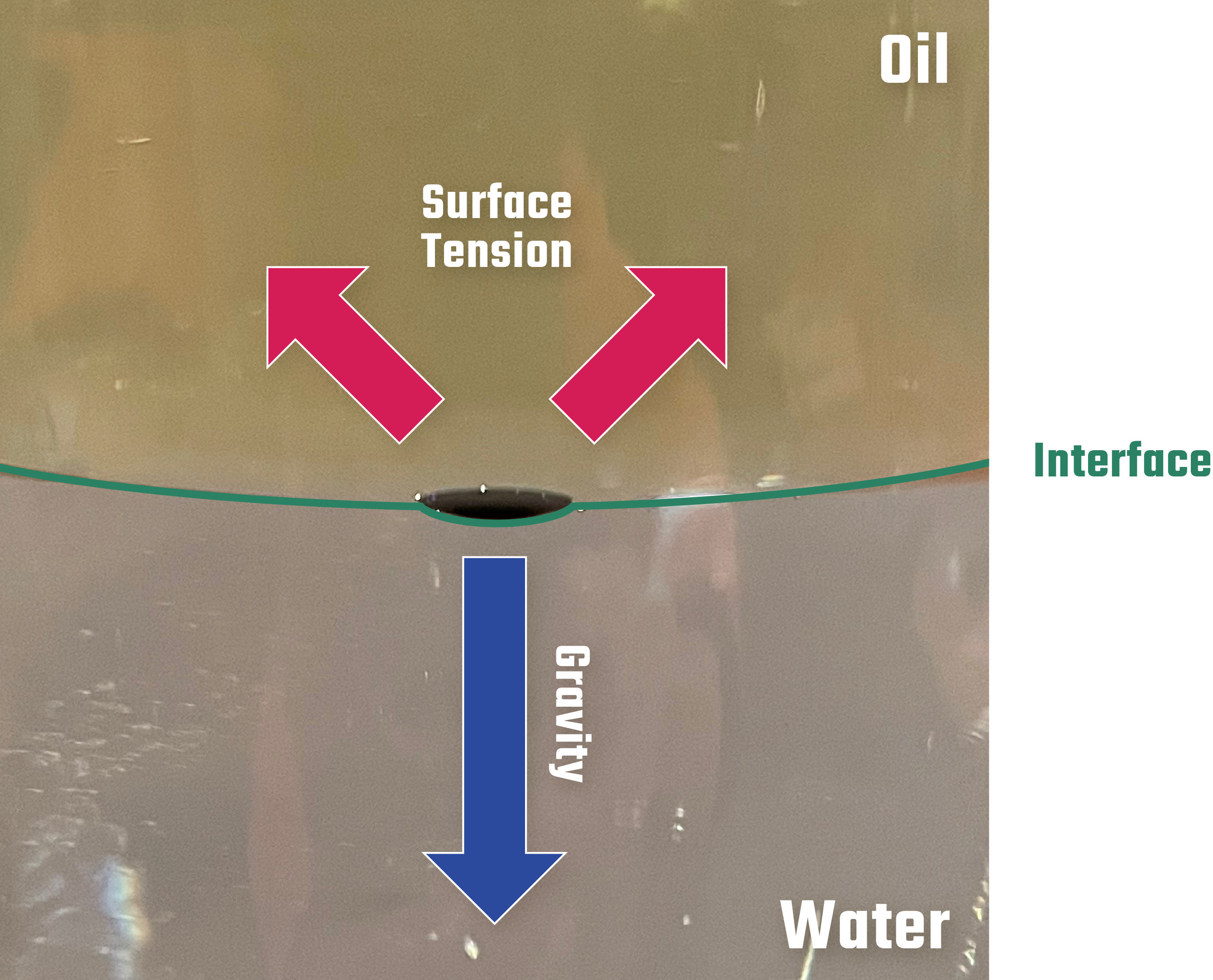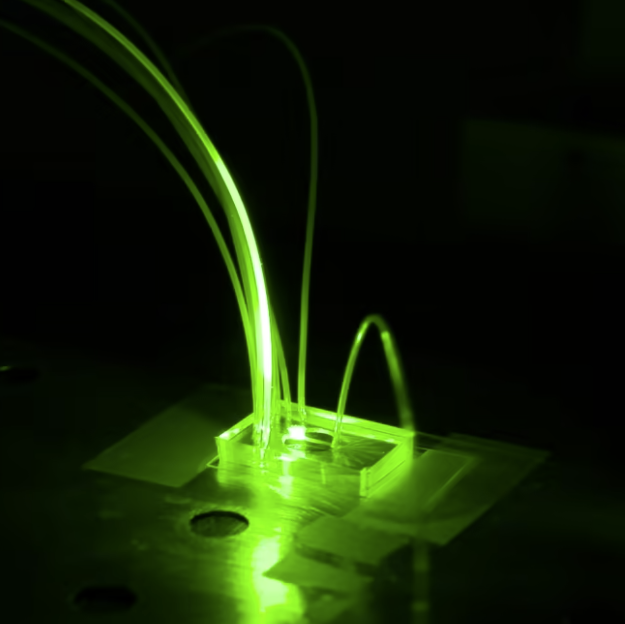Building Boundaries
- Age: 5+
- Time: 45
- (Setup: 5 min, Activity: 30 min, Cleanup: 10 min)
- Materials: $9
In this mission, get ready to push some boundaries… between materials. When two materials come together, curious things can happen where they meet. See for yourself by experimenting with different combinations of simple kitchen ingredients!
Download PDF


